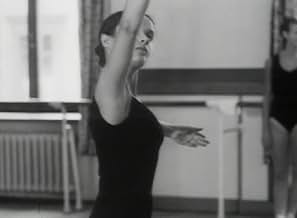I would say it's direct cinema in which the director doesn't show up in the film, and make those images to be what we believe the "reality". In fact, I do think those rousing assertions, after Italian Neorealism, about the truth of cinema (probably start from 60s?) are simply those two continents, Europe (by French cinema vérité) and America started with the direct cinema are rapaciously sketchiness. The realness of cinema has already be a cake that being assigned by those early filmmakers, and then those filmmakers from the 60s tried to gain the heritage of Italian neorealism, so that there are two genres.
For me those divisions are nonsense but cultural. We can also take in the filmmakers as the part of realness (like those Orson Welles directors casting themselves in their films), from this point, the cinéma vérité became like a macho French joke came from A CHRONICLE OF A SUMMER. The point again now is, those discussions are simply awry from the films. Where is the films? Where is the cinema? We came to the stage of the era that those discourses right are far more being concerned than the art itself. And then they might discover it is sheer nonsense to play this game under those circumstances of capitalism.
Kieslowski does make another work, TALKING HEADS closer to the direct cinema, and I think he does not have those traits of opting in those genres, he's trying to capture the beauty of cinema in both textual societal senses and poetic cinematic sense in this one. The ballet dancers' training process does very beguiling as it's dramatic approach of suffering and getting capable of performing on the stage (those classic dancing sequences in the films are inherited from those Edison and originators of film), and you can not do without he's turning of camera between the depth of actors and composition in which, bravo.




















